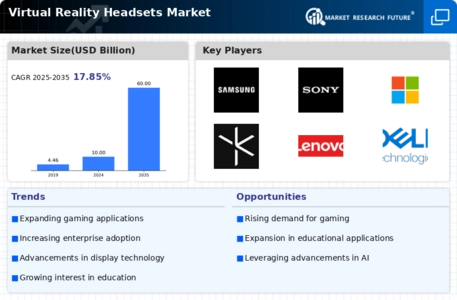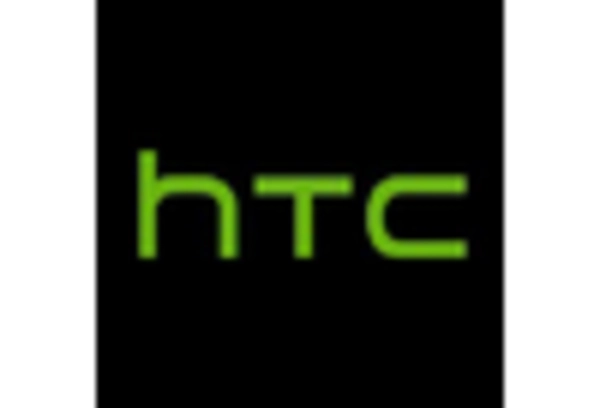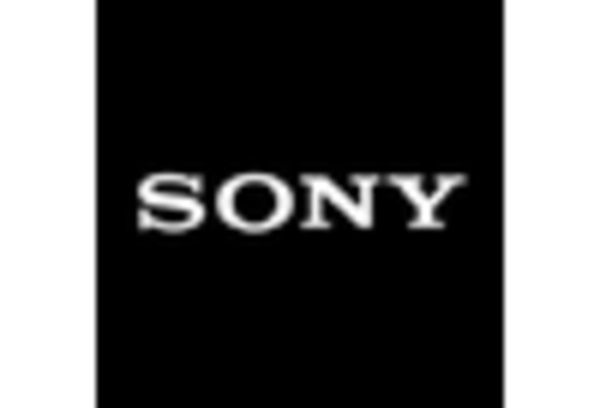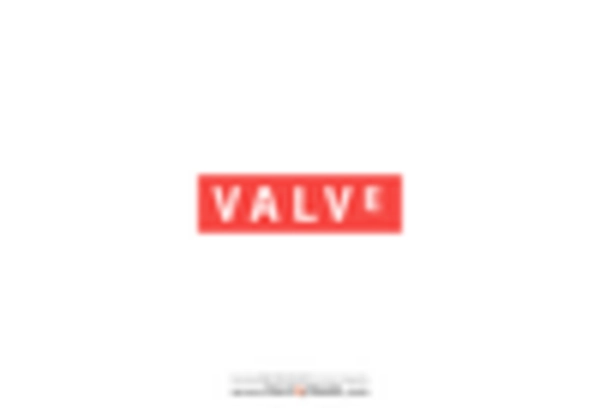Market Share
Virtual Reality Headsets Market Share Analysis
In this highly competitive environment, the market share positioning strategies of virtual reality (VR) headset manufacturers are vital to their success. Market share positioning within the VR headset industry is significantly affected by exclusive content. Many companies negotiate exclusive alliances with content creators and developers to provide unique experiences so that their products can stand apart. Exclusive games, applications or relevant experiences can serve as powerful reasons for consumers to choose one VR headset over another. With this content-led strategy, the user experience becomes richer and enhances brand affinity because consumers are invested in a particular platform for its own exclusive offerings. Improving hardware and technology: This is a basic market share positioning strategy. In this fast-changing market, companies that are constantly introducing new features and improvements standout. With more innovations--higher display resolutions, wider field-of-view, better tracking systems and smarter designs--it is no wonder that VR headsets are seen as improving in value. Being at the cutting edge means attracting early adopters--and sending a signal that your brand leads the pack. And this, in turn, will affect consumers 'buying decisions. Good marketing and branding strategies are needed to make a strong showing in the market. Companies expend money developing intriguing ad campaigns promoting the advantages, features and experience of their VR headsets. An established brand image leads to a favorable idea of the product and frees it from competition. In the competitive VR market, engaging in strategic partnerships and sponsorships as well as promotional activities raises awareness considerably. The distribution and accessibility of products are also major elements in market share positioning. The companies are simultaneously trying to sell their VR headsets through multiple retail channels, both online and offline. The VR headset manufacturers are using global expansion and localization strategies to capture different markets. Aiming at focusing on different regions, languages and cultural tastes makes a brand more attractive across the world. It also involves localizing content, and being compatible with regional standards and regulations. If a company is able to successfully circumnavigate these subtle differences among different markets, it can become an international player with significant market share.

















Leave a Comment